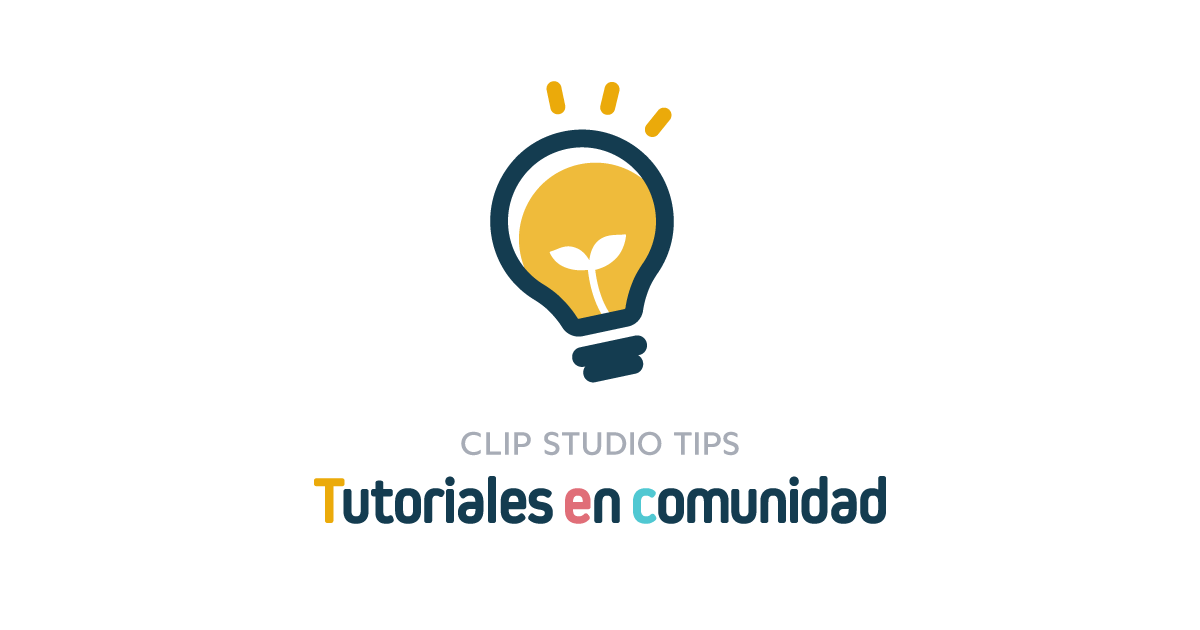EASILY draw a sunny or rainy sky!
Hello there! I'm sure you've been struggling to draw a sky. As I've been through that stage, I know it might feel hard. But don't worry, I'm here to share my experience in drawing a rainy or sunny sky! I'm going to discuss 2 methods that I've personally tried, I hope they work for you too!
Method 1: the panorama method
This is the easier method. First you should download a panorama a.k.a celestial sphere from the assets page, which i recommend this one:
https://assets.clip-studio.com/en-us/detail?id=2110374
After that, drag and drop the material from your
Downloaded Materials window to your canvas. And here the main game starts!
Step 1: adjust the angle.
No matter what kind of pic you're working on. Angle is highly important, while I won't be explaining much about that here…
Adjust the angle with right mouse and zoom in/zoom out as needed with middle mouse.
Step 2: effects.
Before diving into the effects, you must define the mood, atmosphere and vibe of your drawing. After you did it, let's jump into the effects!
Part 1: my recommended settings for a sunny sky!
Don't forget to rasterize the panorama layer by merging it into a raster layer or from the layer tab on top of the screen after making sure the angle is nice, otherwise you won't be able to apply effects!
Now, here's my recommended steps for having a sunny sky!
As you can see, first I'd like to go to edit>tonal correction> color match.
From now on, you see my recommended gradients and tips I usually do on the image! You can play around with effects based on your pic, but usually the sunny sky is lighter and warmer.
Part 2: how to do a rainy sky!
And you might ask now, how to draw a rainy one? The answer to this question is simple: you can use brushes on the assets page, try them out and find out which one works best for you!
Method 2: the gradient method
This method is a bit more time taking, and somewhat a bit more challenging. But don't worry, if you are on a tight deadline, you can always use assets and brushes!
Step 1: the gradient map.
So…based on the mood and vibe of your drawing, you can either use the premade gradient maps by clip studio, or create your own gradient map or even download one from the assets store!
Step 2: the clouds
After drawing the gradient map, there might be a challenge: the clouds!
The important notes that you should consider in drawing clouds, are:
+ 1:theyarefluffy.
+ 2:theareflexiblebecausetheyaremadeofwater.
+ 3:theymustfittheskybasedonlightandtheskycolor.
1: the clouds are fluffy.
The clouds are fluffy, and that's why you should either use some fluffy, textures watercolor style brushes, or draw them manually. It's mostly up to your art style that how you draw them!
2: they are flexible.
What i mean by this, is that clouds are highly light and they easily flow in the sky. They can also take different shapes, so you can use it as a symbolic kind of thing or whatever you want to!
3: their colors should fit the sky.
When it's sunset, usually clouds seem to be darker, and so it is for sunrise. But in the daytime, the clouds are lighter in color. So pay attention to this!
Final thoughts:
In fact, based on my own experiences, the first method works best for tight deadlines, but the second method is more flexible and maybe more fun. At the end, it's up to you that which one do you choose, but I hope I helped you a bit!

















Comentario